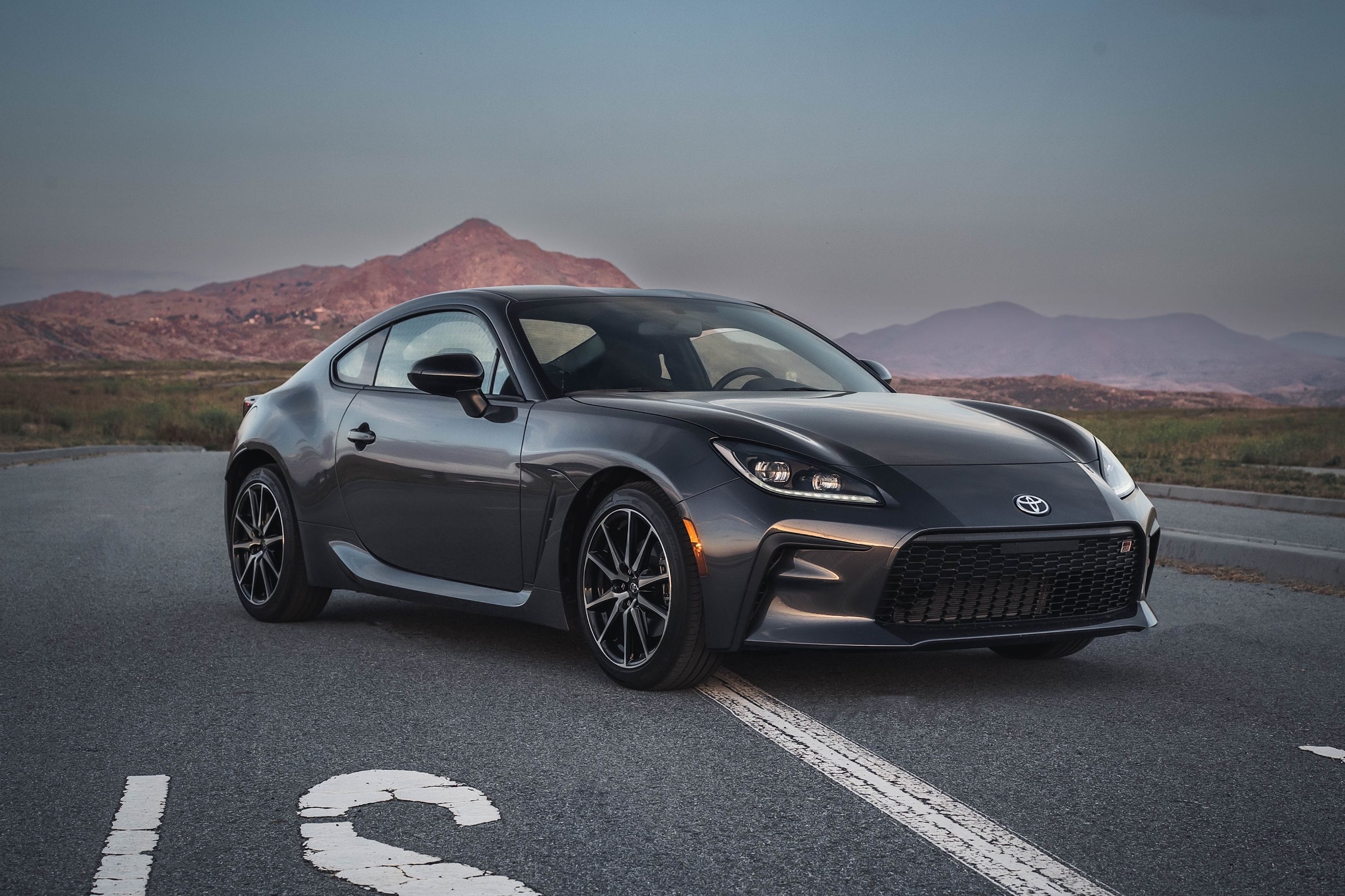Toyota has pulled the covers off two immaculately restored AE86 Corolla coupes in Initial D dress-up at the 2023 Tokyo Auto Salon, wielding some very big changes: one is powered by hydrogen and the other by electricity.
The Japanese automaker refuses to adopt a pure-electric approach to carbon neutrality and believes in pursuing a multi-pronged attack plan that includes hybrids, BEVs, and hydrogen cars. It's used this philosophy in multiple avenues, from hydrogen-powered GR Corolla race cars to roadgoing Corolla Cross prototypes, and now it's applying it to historical models, too. Under the banner of "carbon neutrality for protecting beloved cars," the two concepts - titled AE86 H2 Concept and AE86 BEV Concept" are aimed to prove that even if erratic legislation forces the demise of gasoline combustion, there will still be ways to keep classic cars going.
Based on the AE86 Trueno - identifiable by its iconic pop-up headlights - the AE86 H2 Concept isn't just a hydrogen fuel-cell car. It uses a genuine hydrogen combustion engine, with technology tested by Toyota Gazoo Racing in the Super Taikyu Series, retaining the thrills of combustion, including sound and vibration. The engine is Toyota's much-vaunted 4A-GE 1.6-liter nat-asp four-cylinder, converted to run on the most abundant element in Earth's atmosphere.
Some fuel cell technology has been incorporated by installing two high-pressure hydrogen tanks from the Toyota Mirai. However, other components have remained unchanged, and the fuel injectors, fuel pipes, and spark plugs are all stock items. These components are still readily available, as Toyota's heritage department has reintroduced parts for its classic performance cars.
The AE86 BEV Concept takes the form of the AE86 Levin - as identifiable by the fixed headlights. But instead of a high-revving gas engine, Toyota engineers borrowed know-how from Lexus, the electric motor from a Toyota Tundra Hybrid, and the battery from a Prius Prime PHEV.
The engineers wanted to retain the natural light weight and impeccable balance of the original car. Beyond that, the engaging driving dynamics had to be retained, which is why a manual transmission was included - a technology Toyota will be using in future EVs, including the Lexus Electrified Sport concept when it goes into production as the Lexus LFR.
With a strong focus on being kind to the environment, both cars utilize rejuvenated seats from Bride, and the seatbelts and seatbelt pads are manufactured from recycled materials. The electric concept features a roll cage too, which is presumably absent from the H2 Concept because of the hydrogen tank placement in the trunk.
But before you get excited about performing a hydrogen combustion swap on the modern-day equivalents of these cars - the GR Corolla and GR86 - they're just concepts for the time being. But that could change in the future. "Although the AE86 conversion technology has to go through many more improvements and evolutions, by sending our message to car lovers today, I want to dismiss the fear that we won't be able to drive our beloved cars when we go carbon neutral," says Akio Toyoda, CEO of Toyota. These types of conversions may be made readily available in the future. While most manufacturers want to transition to the sale of new EVs, Toyoda belives differently. "It is important to provide options for other cars already owned by someone," Toyoda concluded.

